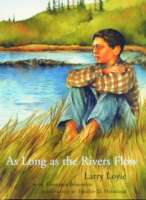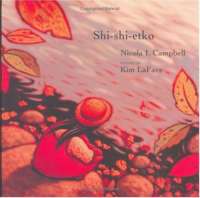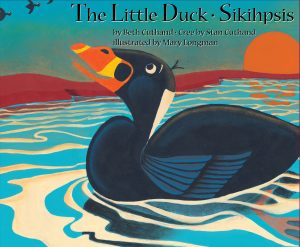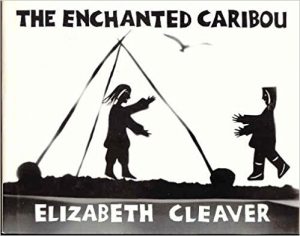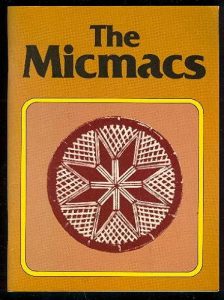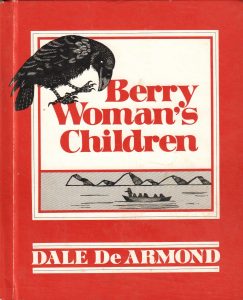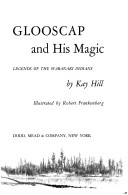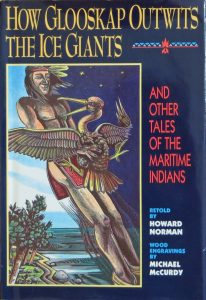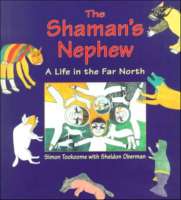
When Jewish author/storyteller Sheldon Oberman met Inuit artist/hunter Simon Tookoome, he knew the encounter was special. Still, he had no idea their meeting would result in an amazing collaboration that would span a decade. Through the use of many tape recordings and translations, Sheldon has painstakingly woven the threads of a remarkable man’s life into a book for all to treasure. With Tookoome’s drawings to enhance the text, Oberman has managed to express the cadence and voice of one of the last of the Inuit to live the traditional nomadic life in the Arctic. The Shaman’s Nephew magically transports readers to a cold climate that warms and grows more familiar with every turn of the page.

